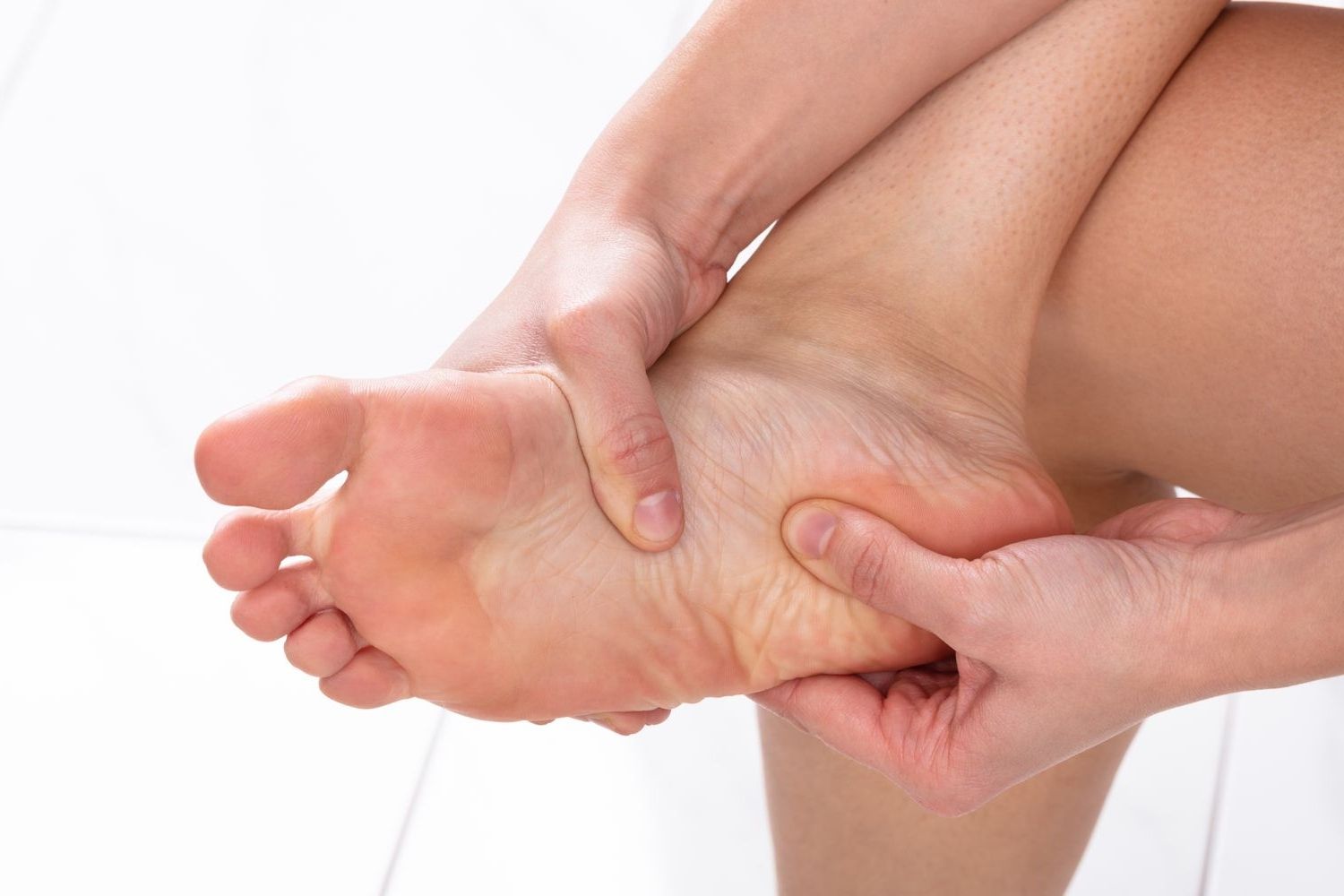
Guillain–Barré–Strohl Syndrome is a rare but serious disorder where the body's immune system attacks the nerves. This condition can lead to muscle weakness, numbness, and even paralysis. What causes Guillain–Barré–Strohl Syndrome? The exact cause remains unknown, but it often follows an infection like the flu or a gastrointestinal illness. How is it diagnosed? Doctors typically use a combination of patient history, physical exams, and tests like nerve conduction studies. Is there a cure? While there's no cure, treatments like plasma exchange and immunoglobulin therapy can help manage symptoms. Who is at risk? It can affect anyone, but it's more common in adults and males. Why is it important to know about this syndrome? Early diagnosis and treatment are crucial for better outcomes.
Key Takeaways:
- Guillain–Barré–Strohl Syndrome is a rare disorder where the immune system attacks nerves, causing weakness and paralysis. Early recognition and treatment are crucial for managing symptoms effectively.
- Most people with GBS recover fully with treatment, but it can take time. Physical therapy, medication, and support play key roles in the recovery process.
What is Guillain–Barré–Strohl Syndrome?
Guillain–Barré–Strohl Syndrome (GBS) is a rare neurological disorder where the body's immune system mistakenly attacks the peripheral nerves. This condition can lead to muscle weakness, numbness, and even paralysis. Understanding GBS is crucial for recognizing its symptoms and seeking timely treatment.
- GBS affects approximately 1 in 100,000 people annually.
- The syndrome can occur at any age but is most common in adults and older individuals.
- Men are slightly more likely to develop GBS than women.
- The exact cause of GBS remains unknown, though it often follows a viral or bacterial infection.
- Common infections linked to GBS include the flu, Epstein-Barr virus, and Zika virus.
Symptoms of Guillain–Barré–Strohl Syndrome
Recognizing the symptoms of GBS early can significantly impact the effectiveness of treatment. Symptoms typically start with weakness and tingling in the legs and can progress rapidly.
- Initial symptoms often include tingling or numbness in the feet and hands.
- Muscle weakness usually begins in the legs and can spread to the upper body.
- Severe cases may lead to paralysis, affecting breathing, swallowing, and facial movements.
- Pain, particularly in the lower back, is a common symptom.
- Some individuals experience difficulty with bladder control or bowel function.
Diagnosis and Testing for GBS
Diagnosing GBS involves a combination of clinical evaluation, patient history, and specific tests. Early diagnosis is essential for managing the condition effectively.
- A lumbar puncture (spinal tap) can help diagnose GBS by detecting elevated protein levels in cerebrospinal fluid.
- Electromyography (EMG) tests the electrical activity of muscles and can indicate nerve damage.
- Nerve conduction studies measure the speed of electrical signals through nerves, helping to identify abnormalities.
- Blood tests may be conducted to rule out other conditions with similar symptoms.
- A thorough physical examination and patient history are crucial for an accurate diagnosis.
Treatment Options for Guillain–Barré–Strohl Syndrome
While there is no cure for GBS, several treatments can help manage symptoms and speed up recovery. Early intervention is key to improving outcomes.
- Intravenous immunoglobulin (IVIG) therapy involves injecting antibodies to reduce the immune system's attack on nerves.
- Plasmapheresis (plasma exchange) removes antibodies from the blood, potentially reducing nerve damage.
- Physical therapy is essential for regaining strength and mobility during recovery.
- Pain management may include medications like gabapentin or pregabalin.
- In severe cases, mechanical ventilation may be necessary to assist with breathing.
Prognosis and Recovery from GBS
The prognosis for individuals with GBS varies, but many people recover fully with appropriate treatment. Recovery can be a lengthy process, requiring patience and support.
- Most individuals begin to recover within a few weeks to months after the onset of symptoms.
- Approximately 80% of people with GBS can walk independently six months after diagnosis.
- Around 60% of individuals achieve full recovery within a year.
- Some people may experience long-term effects, such as weakness or fatigue.
- Relapses are rare but can occur in a small percentage of cases.
Understanding Guillain–Barré–Strohl Syndrome
Guillain–Barré–Strohl Syndrome (GBS) is a rare but serious condition affecting the nervous system. It can cause muscle weakness, numbness, and even paralysis. Early detection and treatment are crucial for better outcomes. Treatments like immunotherapy and physical therapy can help manage symptoms and speed up recovery.
Staying informed about GBS is important for recognizing symptoms early. If you or someone you know experiences sudden muscle weakness or tingling, seek medical attention immediately. Knowledge is power, and understanding GBS can make a significant difference in managing this condition.
Remember, while GBS can be frightening, many people recover fully with proper care. Stay vigilant, stay informed, and don't hesitate to reach out to healthcare professionals if you suspect GBS. Your health and well-being are worth it.
Frequently Asked Questions
Was this page helpful?
Our commitment to delivering trustworthy and engaging content is at the heart of what we do. Each fact on our site is contributed by real users like you, bringing a wealth of diverse insights and information. To ensure the highest standards of accuracy and reliability, our dedicated editors meticulously review each submission. This process guarantees that the facts we share are not only fascinating but also credible. Trust in our commitment to quality and authenticity as you explore and learn with us.
